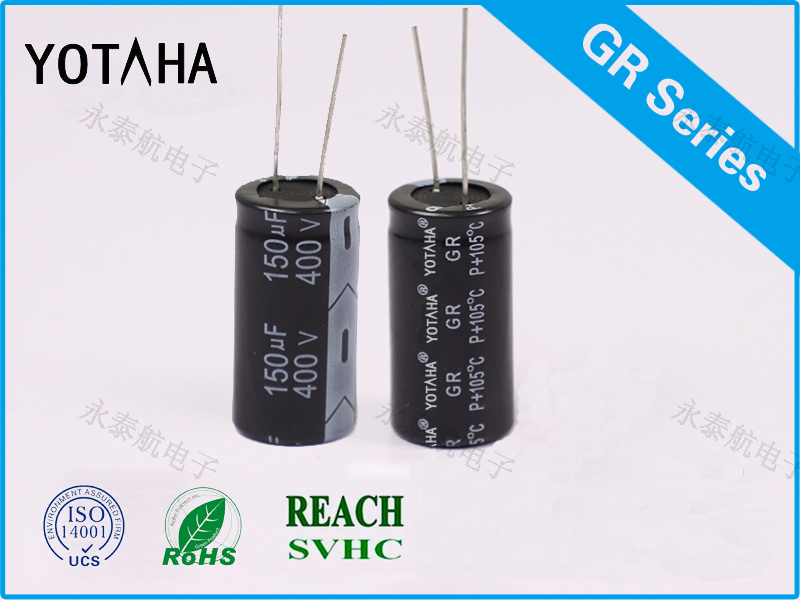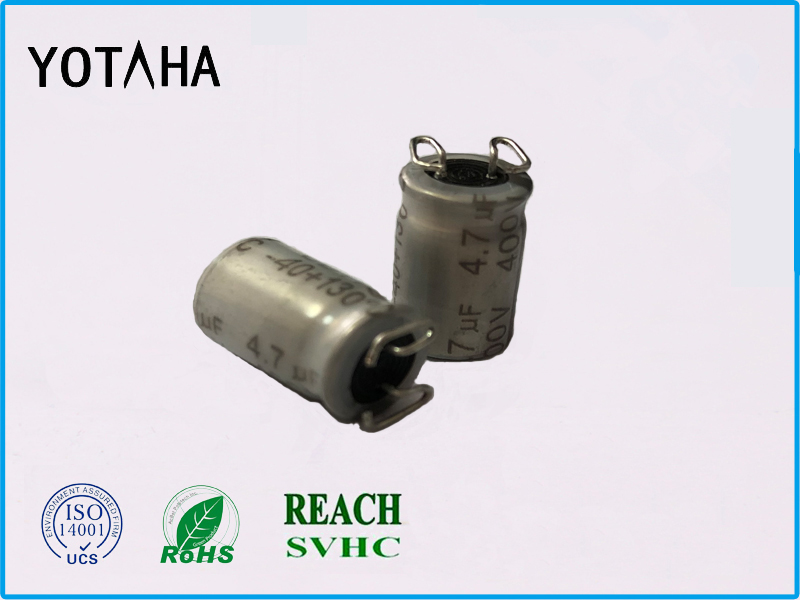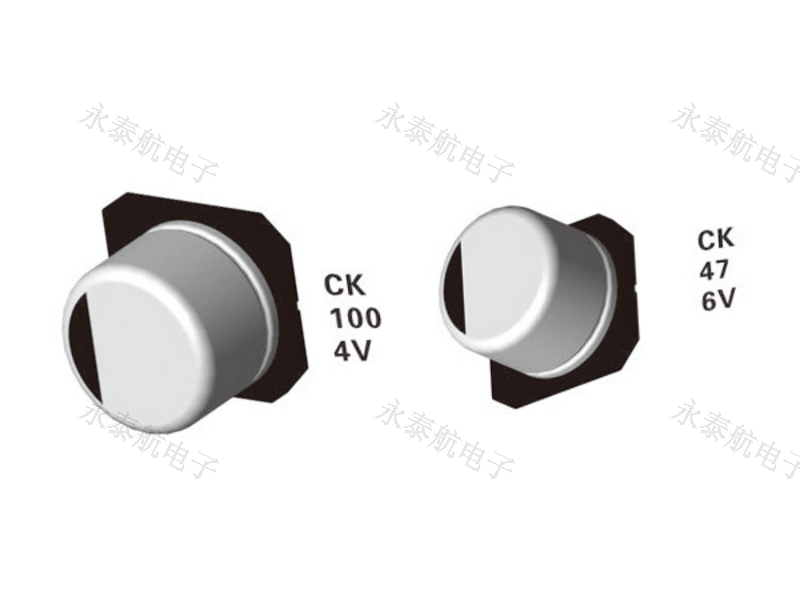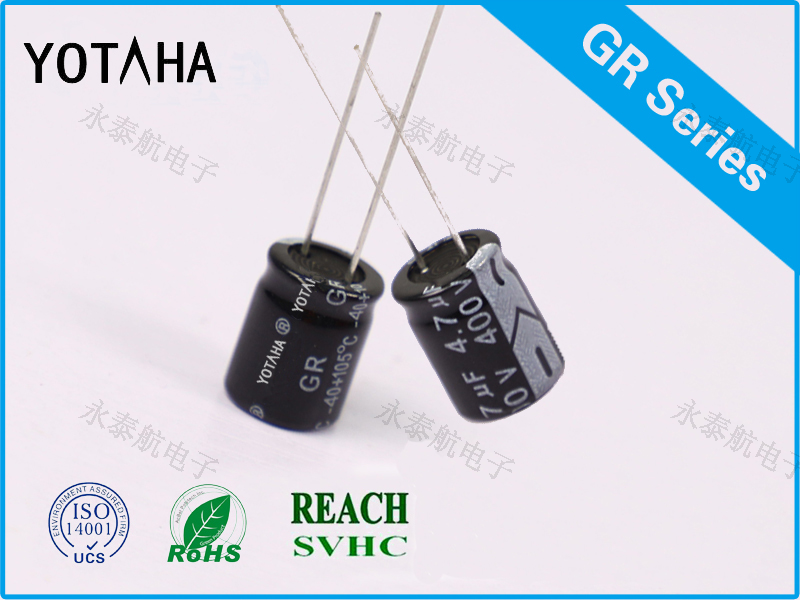Aluminum electrolytic capacitors have a bipolar structure. Pay attention to the polarity when installing, and do not install it backwards. The application of alternating current or reverse voltage may cause short circuit or damage the capacitor.
The DC voltage loaded to the capacitor terminal must not exceed its rated working voltage, otherwise it will cause the leakage current to increase rapidly, and therefore damage the capacitor, and even cause short circuits and open flames. In order to prolong the service life of the product, it is recommended to use the capacitor at 70-80% of the rated voltage .
The ripple current loaded to the capacitor must be within the allowable range. If overloaded, it will cause the capacitor to overheat and impair its performance, damage the machine or even cause an open flame. Please note that the sum of the ripple voltage and the peak value of the DC working voltage must not exceed the rated DC voltage. Capacitors must be used within the allowable range of their operating temperature, and room temperature operating conditions can extend their service life.
Capacitors with a shell diameter greater than or equal to 8MM are equipped with a safety valve. In solder-chip capacitors, the safety valve is usually located at the bottom of the housing, and the screw capacitor is usually located on the lead-out end surface (cover plate) of the capacitor. Sufficient space needs to be reserved around the valve to maintain the best working condition. The recommended sizes are as follows: When d=18~35mm, reserve more than 3mm space; when d=40mm or more, reserve more than 5mm space. When the internal pressure of the capacitor is too high, the gas will be released through the safety valve, resulting in a gaseous liquid around the safety valve, which is not a leaking electrolyte.
When installing the capacitor on the circuit board, pay attention to the safety valve not to face down, and do not run any metal or circuit near the safety valve. However, when installing screw aluminum electrolytic capacitors on the side, make sure that the negative electrode is below the positive electrode and do not reverse the voltage. Otherwise, it may cause excessive pressure, a large amount of electrolyte leakage, and may cause a short circuit or even an open flame.
Capacitors should be stored in a normal temperature and non-acidic, non-alkaline normal humidity environment. Exposure to high temperatures, such as direct sunlight, will reduce its service life. If stored in an acidic or alkaline environment, it will affect the solderability of the lead.
After long-term storage, the leakage current of aluminum electrolytic capacitors may increase. Therefore, before use, the rated working voltage must be applied for 6-8 hours for formation.
Manual welding: A must be carried out under the specified conditions, the temperature of the soldering iron is 350 degrees, and the use time is 3 seconds. B Make sure that the soldering iron does not touch any part of the capacitor body.
Do not use or place it in an environment containing hydrogen sulfide, nitrous acid, sulfurous acid, chlorine, and other gases, or ammonia and other harmful gases. If the above gas penetrates into the capacitor, it will cause damage to the capacitor.






